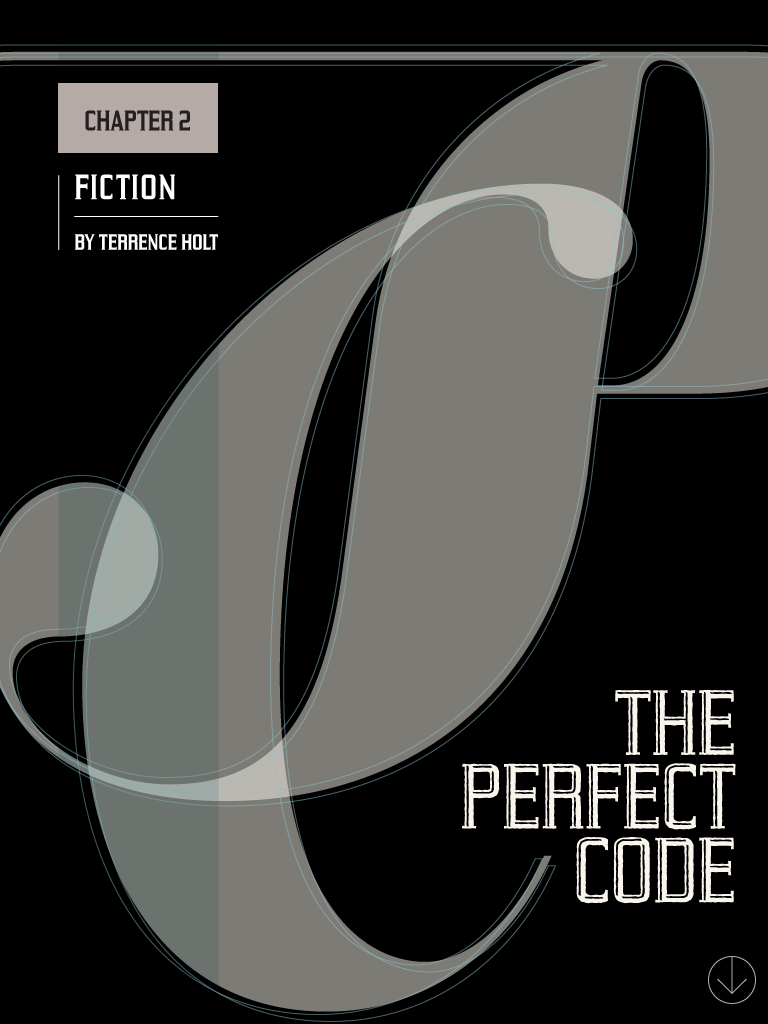A Note From John Freeman, editor of Granta:
"The Perfect Code" in a hospital is as rare and as volatile as a perfect storm at sea. An announcement is made over the P.A. system, doctors and nurses and interns scramble, a human life hangs in the balance. This means the constant slamming together of the 'tangle of tubes and wires, knotted sheets, betadyne and blood' and the sterile impassivity of the language in which it is couched. This barbed and insightful view into emergency care -- from the perspective of the doctor -- is a bittersweet paean to the delicate harmonies which can rise, if only briefly, from the mess of hospitals and human bodies. A story-teller among doctors, Terence Holt is a writer gifted with the lyricism of fellow medic William Carlos Williams and pin-point psychological accuracy of Patricia Highsmith. Holt is our finely aware guide to these crescendo moments in which all of life hangs precariously in the balance.
Excerpt: "The Perfect Code," first published in Granta 120: Medicine
A faint click opens the air. A disembodied voice calls out: 'Adult Code 100, Adult Code 100, 5 East. Adult Code 100, 5 East.' Or it might be 'Code Blue, Code Blue 3C, Code Blue 3C.' From place to place the wording varies, but the message is always the same: somewhere in the hospital, someone is dying.
Hearts stop. Vital signs droop. Whatever the nature of the emergency, the response is the same: from all over the hospital the code team comes running, and the attempt at resuscitation begins.
I'm not sure, still, just what I learned running to so many codes, but the experience haunts me, long after the fact. As if somewhere in the tangle of tubes and wires, knotted sheets, Betadyne and blood, I lost track of something important. Listen.
In the hospital where I work, codes go something like this. A nurse finds a patient slumped over in bed. The nurse calls her name. No answer. The nurse shakes the inert body. No answer. Harder. Still no answer. The nurse steps to the door and calls, in tones that rise at each syllable, 'I need some help here.' The rest of the available nurses on the floor converge. Within a minute, every bystander within hearing is gathered at the door.
In the basement of the hospital, an operator listens intently to her headset. She flips a switch, and a faint click opens the hospital to the microphone on her console. 'Adult Code 100, 6 South. Adult Code 100, 6 South.' The message goes out on the hospital PA system, her disembodied voice filling the hallways. It also goes out to a system of antique voice pagers, from which the operator's measured words emerge as inarticulate squealing. The pagers are largely backup, in case some member of the team is, say, in the bathroom, or otherwise out of reach of the PA system.
The team consists of eight or nine people: respiratory techs, anaesthesiologists, pharmacists, and the residents on call for the Cardiac ICU. On hearing the summons, the residents drop whatever they are doing and sprint. In their voluminous white coats, from whose pockets fall stethoscopes, penlights, reflex hammers, EKG calipers, tuning forks, ballpoint pens (these clatter across the floors to be scooped up by the medical students who follow behind), the medical team's passing is a curious combination of high drama and burlesque.
The team arrives on a scene of Bedlam.
This story appeared in Huffington, in the iTunes App store.
